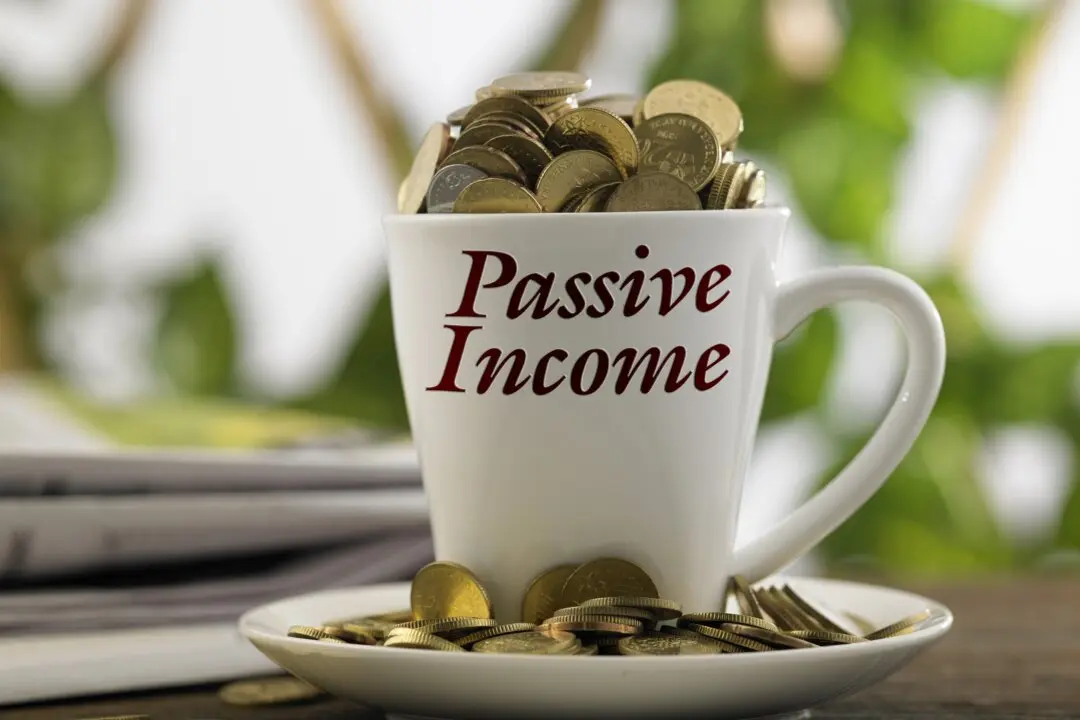A 401(k) is an employer-sponsored retirement savings plan that employees can contribute to pre-tax, thus reducing their annual tax liability. Some employers also contribute to the account as a benefit to the employee.
A 401(k) is a valuable part of a long-term financial and retirement plan that all employees should take advantage of.






